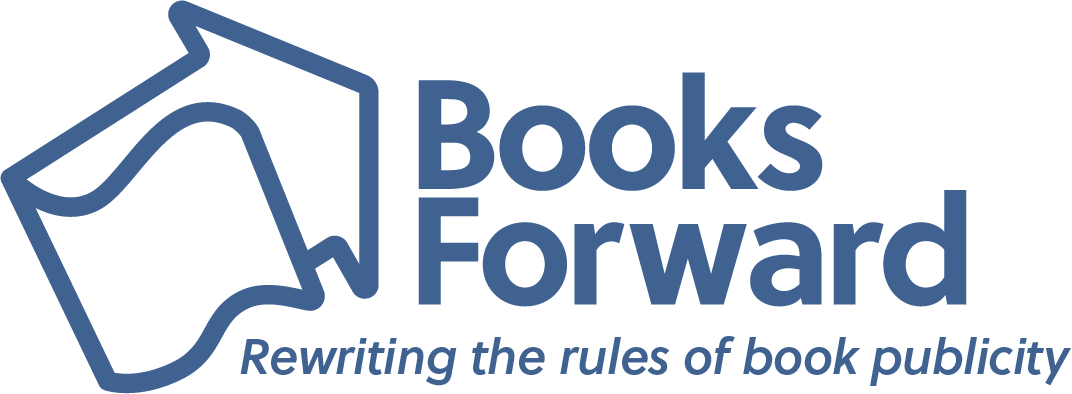When you’re promoting a new book, there are many easy ways to connect with your readers — for example, sharing new reviews on social media, signing copies at bookstores, visiting with book clubs and participating in author panels at book festivals. But once the dust settles and you’re ready to begin a new writing project, how can you stay in touch with all those loyal readers between publishing books?
Here are 4 helpful ways to promote reader engagement and stay connect with fans:
Stay active on social media
Maintain an online presence through Facebook, Instagram, TikTok or whatever social media platform you enjoy the most. Bring your followers up to speed about your newest manuscript, share behind-the-scenes content, post photos of your workspace and share fun updates about your daily life.
Start a conversation
Recruit your biggest fans to become beta readers for your newest book so they can provide valuable feedback and be part of the creative process. Understanding what readers like or dislike can guide you in crafting stories that resonate more with your audience.
Create a community
Get to know your readers and get them talking among themselves! Reader engagement by way of community is a great organic place to start a conversation. What books are they currently reading? Are there certain TV shows everyone is binging? Do they have specific songs they love listening to on a road trip?
Write guest articles and blog posts
Keep your name out there by showcasing your expertise.
With these strategies, you’ll maintain a loyal, engaged audience who will eagerly anticipate your next release. Keep the conversation going, and your reader engagement will continue to grow along with you!
Interested in learning how you can keep momentum building for your books between releases? Contact us to learn more about customizing a marketing plan for you!

Angelle joined the Books Forward team in 2014, and her experience and dedication has led to her being named our lead publicist. Her distinct pitching style and effective research has secured media coverage for our authors and their books in Vanity Fair, Buzzfeed, The Associated Press, The New York Times and USA Today, as well as countless regional media outlets.
Our authors love Angelle’s meticulous attention to detail and unwavering commitment to their vision and their books. Other publicists frequently spend time learning from her — how to ask probing questions, find the right person to contact and craft a successful pitch.
She began her professional career at news outlets across the country before surrendering to her love of books. An award-winning journalist whose own work has appeared in local and national publications, including NPR, she is tenacious in finding the right angles to utilize for each campaign and connecting with the right reporter for the job.
Angelle can usually be found at a concert, working on Mardi Gras costumes or taking photos of random cats that she meets wandering around New Orleans.




